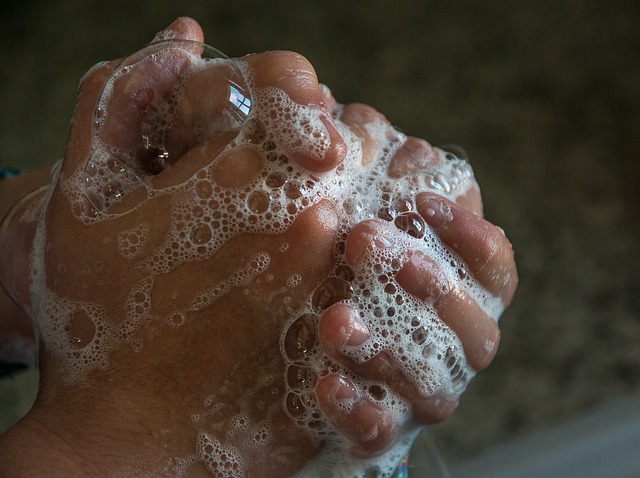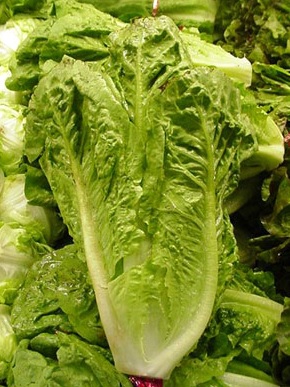There is an E. coli outbreak in romaine lettuce that has been found in five provinces so far and now linked to one death.
The Public Health Agency of Canada says a total of 30 cases of E.coli 0157 in total are being investigated at this time with six of the cases being reported in Ontario.
Those who became ill range between the ages of four and 80 and 70 per cent of those who became sick are female.
Public health officials say many of those who became sick say they ate romaine lettuce before their illnesses occurred, however they are still trying to figure out the source of the lettuce.
Symptoms of E. coli infection include nausea, vomiting, headache, fever, severe stomach cramps and watery or bloody stool.
Most people recover in a few days but some can develop life-threatening illnesses that can cause death.
How does lettuce become contaminated with E. coli?
E. coli are bacteria that live naturally in the intestines of cattle, poultry and other animals. A common source of E. coli illness is raw fruits and vegetables that have come in contact with feces from infected animals. Leafy greens, such as lettuce, can become contaminated in the field by soil, contaminated water, animals or improperly composted manure. Lettuce can also be contaminated by bacteria during and after harvest from handling, storing and transporting the produce. Contamination in lettuce is also possible at the grocery store, in the refrigerator, or from counters and cutting boards through cross-contamination with harmful bacteria from raw meat, poultry or seafood. Most E. coli strains are harmless to humans, but some varieties cause illness.
What should you do to protect your health?
The following food safety tips for lettuce will help you reduce your risk of getting an E. coli infection.
- Wash your hands thoroughly with warm water and soap for at least 20 seconds, before and after handling lettuce.

- Unwashed lettuce, including whole heads of lettuce sold in sealed bags, should be handled and washed using these steps:
- Discard outer leaves of fresh lettuce.
- Wash unpackaged lettuce under fresh, cool running water. There is no need to use anything other than water to wash lettuce. Washing it gently with water is as effective as using produce cleansers.
- Keep rinsing your lettuce until all of the dirt has been washed away.
- Don’t soak lettuce in a sink full of water. It can become contaminated by bacteria in the sink.
- Store lettuce in the refrigerator for up to seven days. Discard when leaves become wilted or brown.
- Use warm water and soap to thoroughly wash all utensils, countertops and cutting boards before and after handling lettuce to avoid cross-contamination.
- Ready-to-eat lettuce products sold in sealed packages and labelled as washed, pre-washed or triple washed do not need to be washed again. These products should also be refrigerated and used before the expiration date.
For more information about the investigation and for food safety tips for lettuce that will help you reduce your risk of getting an E. coli infection, click here.
To receive similar content, “Like” us on Facebook @ https://www.facebook.com/niagarabuzz.ca











